The Retail Hive: Focus on Fulfilment Digital Week, 1st-2nd March
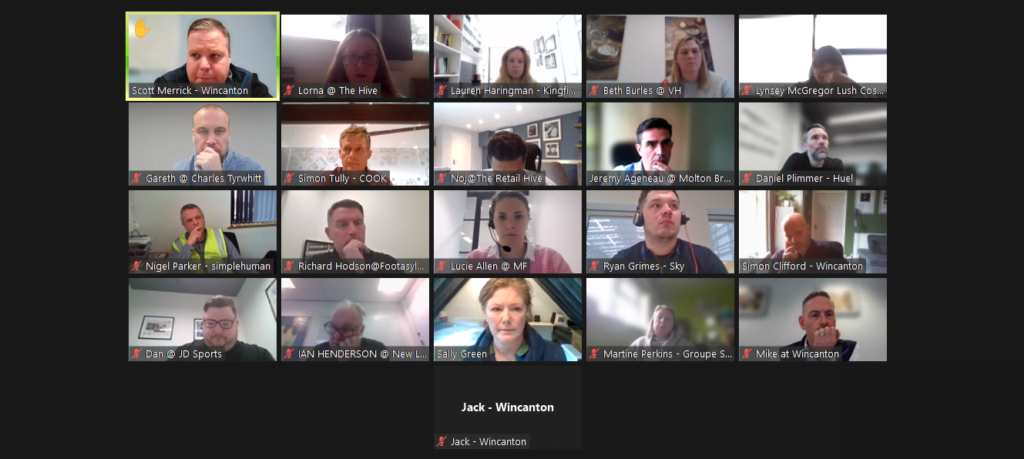
One for the books! Our recent Focus on Fulfilment Digital Week boasted 50+ members, 9 roundtable topics, 4 Hive Recommended partners, 2 Solution Spotlights, and an exclusive preview of our sustainability pulse with DHL.
Automation and robotics are currently taking the retail world by storm, but many of our members are struggling to stay ahead of the curve. Cost, space, and ease of implementation are just some of the reasons for this. For our Focus on Fulfilment Digital Week, we were joined by GreyOrange and Wincanton to myth-bust, benchmark, and share honest predictions.
Separating Fact from Fiction
Busting Warehouse Automation Myths with Wincanton, 1st March
We’ve all heard the rumours about automation. It takes jobs, costs a fortune, and doesn’t work with returns, to name a few. Whilst there is truth behind some of the horror stories, others are pure fiction.
Many of our members are yet to automate their warehouse set-up, for a real mix of reasons. This is particularly true in the legacy warehouse space. As stated by Wincanton, “scaling and adapting businesses effectively is difficult whilst utilising legacy systems and technologies”, but “maintaining and replacing outdated technology can be costly and disruptive.” In other words, automation may save time and money in the long term, but it can be challenging for retailers to navigate in the early stages—especially without the right support.
Brands that have been in operation for several years often find themselves falling at the first hurdle; automated solutions can be very hard to integrate into existing systems, if not impossible. One member likened this to “open heart surgery on something that is already running at close to capacity.” To successfully automate their warehouse set-up, some of our members would first have to expand aisles, or even create charging stations for robots. As one member remarked, “we know it’s the right way to go, but we just can’t do it at the moment!”
One of the issues with lack of space and robotics is the amount of product that one robot can reasonably carry. Is this practical and cost-effective? Our members don’t want to spend a load of money on robots, rely heavily on these, then see no improvement in efficiency. Robots should relieve staff of certain tasks, not take over. “It’s about balance!” according to our members.
Automation Myths Debunked
That being said, our members feel that automation is “the right thing to do” for speed, accuracy, and managing peak. Indeed, Wincanton claim that “peak periods such as Black Friday are growing in popularity and can cause huge strain on operations. Maintaining a consistent service to the end-consumer is key in order to ensure brand loyalty.” Sudden bursts of demand can be much easier to manage with automation.
The myth of automation taking 5-10 years’ worth of planning was quickly dispelled at the meeting; some retailers were able to roll out automation in just 12-36 months, and are also using automation for returns—much to the surprise of other retailers. It’s not just for deliveries!
“Operations are facing a continual battle between onboarding new staff and staff turnaround” say Wincanton. More than often, retailers worry that automation will negatively impact employees, but there is lower attrition as a result of automation, and it can breed loyalty among staff. As one member shared, “the hard yards are being done by robots now”, making jobs in this sector less physically intensive and therefore, much more appealing to both new and existing talent—creating better career opportunities and paths for workers.
Furthermore, our members agreed that “robotics can be off-the-shelf now and don’t have to be bespoke”, meaning that retailers “can dip in and out of automation” as they learn more over time. Retailers shouldn’t fear that there’s no going back.
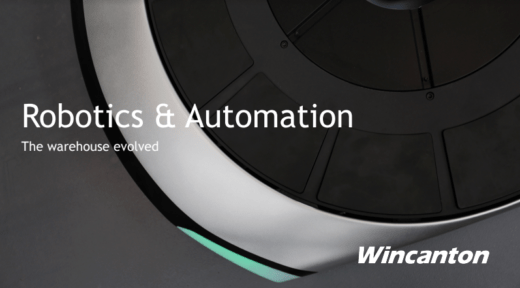
Wincanton’s AMR eCommerce order picking solution comes to life!
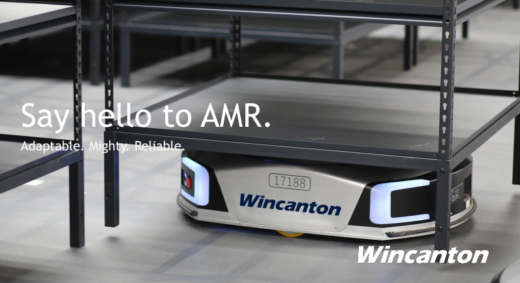
What Does the Future Hold?
The Future of Robotics with GreyOrange, 2nd March
For many of our members, robotics is a big focus right now, but it’s all about finding the right fit for individual warehouses. Robotics come in all shapes and sizes, including picking and packing robots, smart shelves, and drones. In order to establish the best robotics for brands, retailers must think carefully about their own pain points and what exactly needs improving.
Whilst tech is clearly the future, keeping it up to date will become increasingly difficult—not to mention expensive—as tech advances over time. Robotics need to be as resilient as possible, but with the speed of technological change, how resilient can they really be? Another factor to consider is the Metaverse. What will the demand for physical goods look like in the next 10-20 years or so?
In addition to this, with sustainability being a key focus for our members, how sustainable are robots?
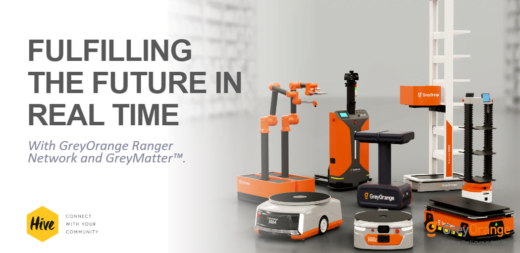
GreyOrange’s robots in full force!
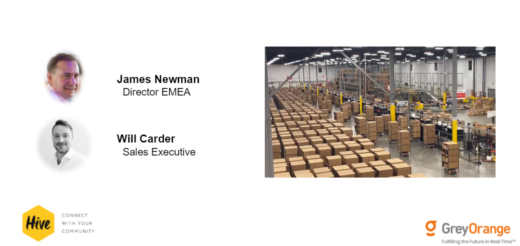
The Benefits of Robotics
“Start small and scale up as you learn” say GreyOrange. There are various steps retailers can take to minimise risk and enable growth. Durable WMS integration, clear mutual success targets, and agreeing on exit and growth plans are a few of the ways they can do this.
Robotics can allow retailers to “easily scale up and down for changing business needs” add GreyOrange. Retailers shouldn’t be cautious about using robotics due to changing margins as they are a modular and scalable solution. Similar to automation, robotics can help retailers to handle peak season and high-volume returns with ease.
Moreover, according to GreyOrange, “the ergonomically designed solution ensures worker safety and a socially distant environment.” Therefore, robots not only improve productivity levels by working in harmony with staff, but also take into account their welfare.
